A Mix of the World's Cuisines
Who said there's nothing to eat in America besides fast food? That's nonsense — American cuisine is the most diverse, nutritious, and interesting in the world! Even the term "Tex-Mex" sounds like a magician's spell.
We have created a true guide to American cuisine — discussing its history, main dishes, and even breaking them down by region, so you know where and what to try. Read on to discover what the English missed out on in America, what part of a bull is called a "Rocky Mountain Oyster," and what Runzas are eaten in Nebraska.
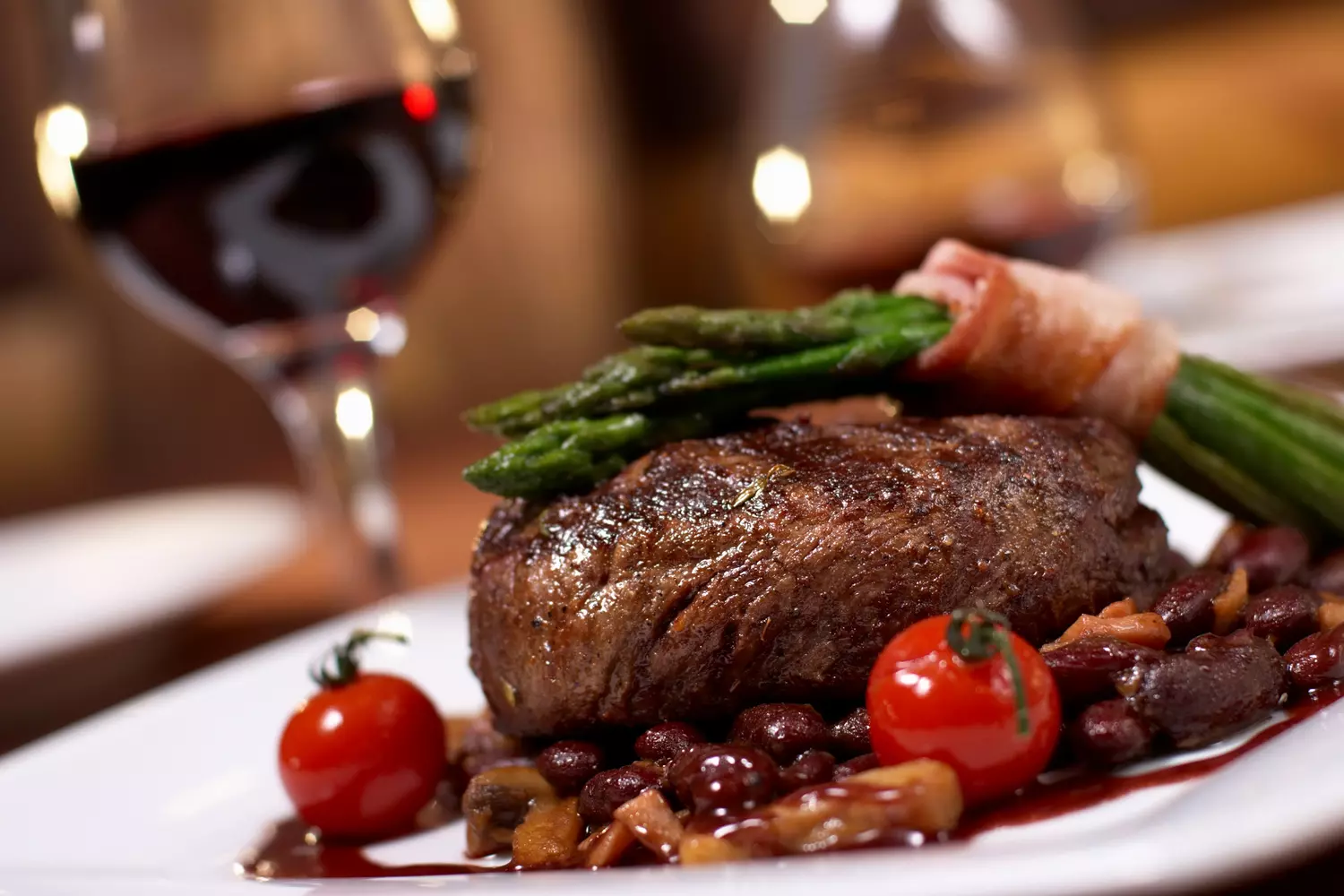
The History of American Cuisine
American cuisine is the youngest and most diverse in the world. Some argue it doesn't even exist and that all "real" American food is just fast food. This is both true and false at the same time.
We've delved into what American cuisine is, where it came from, and what it consists of. Welcome to a gastronomic guide to the fridges and tables of Americans.
Foundations and Beginnings
Knowledge about what could be eaten on the territory of North America spread after the continent was discovered in the late 15th century. The settlers brought with them the food traditions of the indigenous people and tribes, which included their dietary habits. But we're interested in the cuisine of modern-day USA, so let's jump to the late 18th century when 13 British colonies united to form a sovereign state — let's see what formed the foundation of gastronomy at that time.
The British settlers naturally brought with them as many familiar foods as possible, including grains for porridge and puddings, wheat flour, ham, and other products that could withstand a long journey. They also brought specific breeds of animals for breeding and slaughter, such as pigs for premium bacon and cows that produced milk and meat of the "right" fat content. But harsh reality gradually broke down the British comfort zone. Not all crops and animals thrived in the new climate, the initial supplies dwindled, and importing food from the homeland was long, difficult, and expensive. The settlers had to adapt to their new environment, including learning to eat local food and using unfamiliar ingredients.
As more immigrants from various European and Asian countries arrived, they brought their own culinary traditions. Surprisingly, slavery also made a significant contribution to American gastronomy.
As a result, American cuisine became a complex and highly diverse mix of Indigenous, English, Mexican, Spanish, Italian, German, French, Chinese, Jewish, and African cuisines. Moreover, each region of America, depending on its climate and local traditions, developed its own specific food culture.
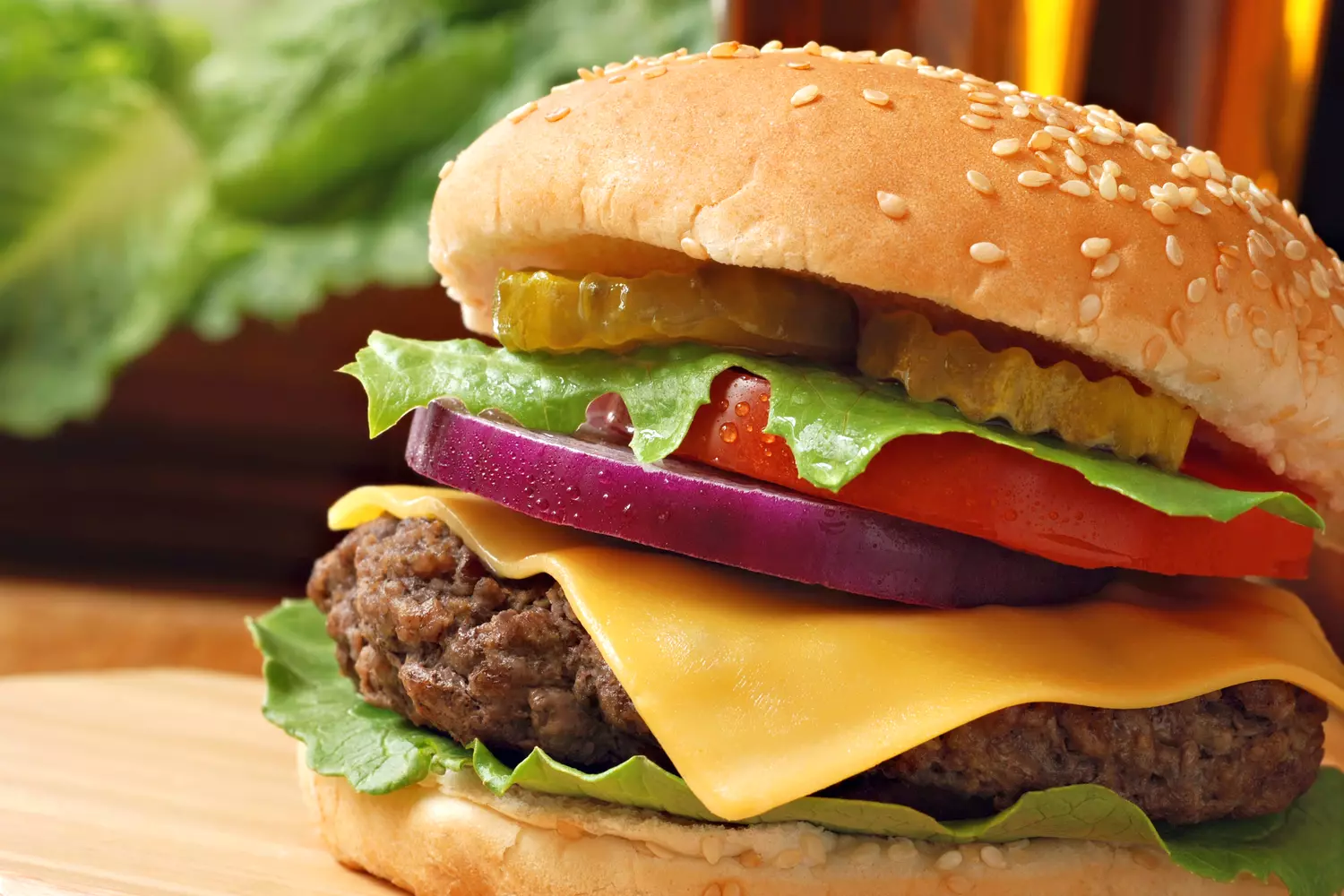
Popular American Dishes by Region
Traditional and national food in the USA is a unique blend of cultural influences, historical events, and local traditions that have shaped the country's diverse and multifaceted culinary scene. Each dish tells its own story, reflecting the spirit of the times, regional peculiarities, and the contributions of numerous ethnic groups. Let's dive into the world of American cuisine, talk about the most famous dishes, and explore the legends surrounding their origins.
The Northwest
The cuisine of this region is shaped by three main factors: harsh winters, the culinary traditions of local Indigenous peoples, and cowboy culture. As a result, the food is quite "masculine" — hearty, fatty, and simple. Typical dishes of this region include:
- Venison steak, popular in Alaska.
- Jerky made from buffalo meat, a symbol of Wyoming.
- A beef sandwich without condiments or sauce.
- Fried bull's testicles (commonly known as "Rocky Mountain Oysters").
- Cincinnati chili — spicy sauce made from beef broth with beer.
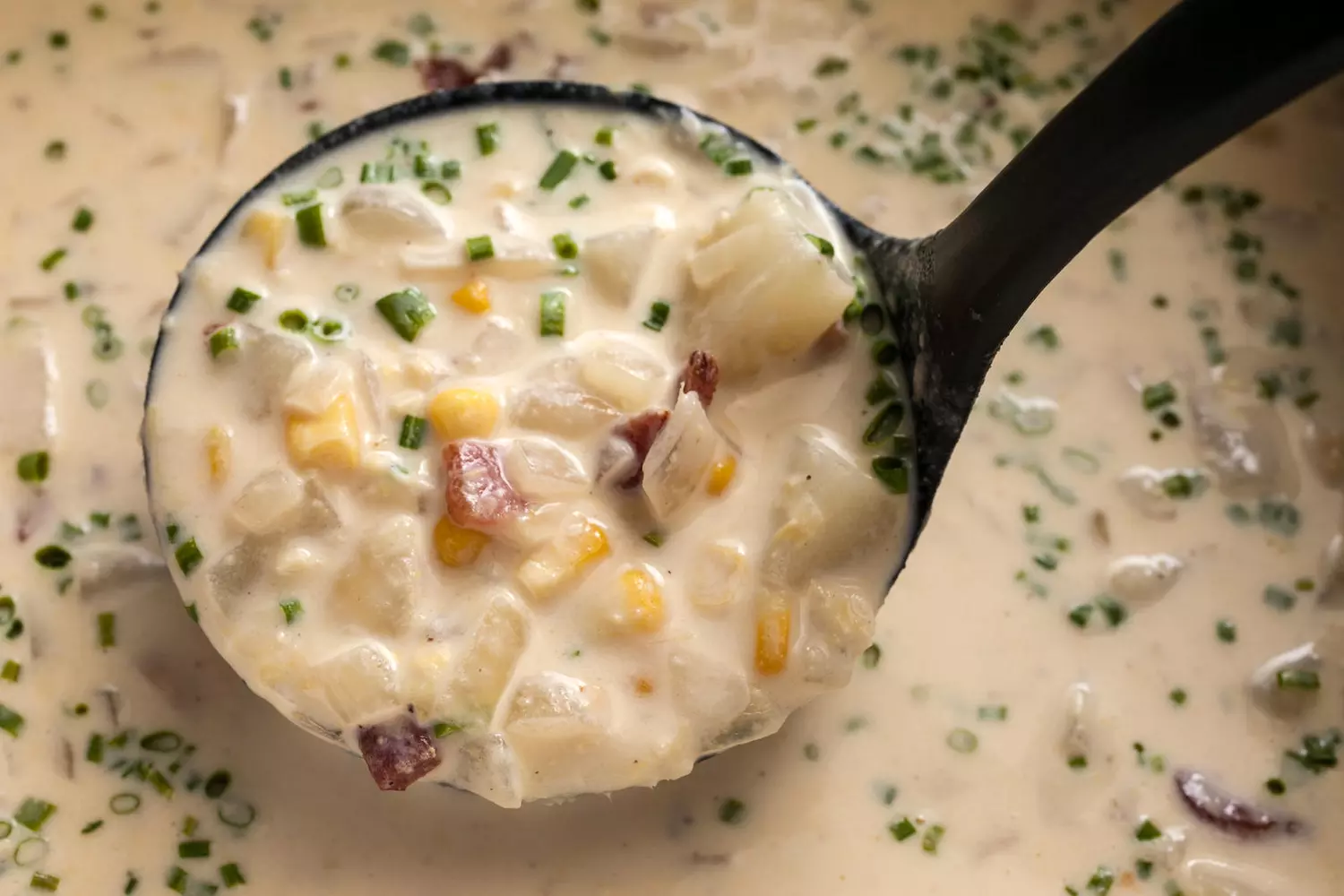
The Northeast
The states in this region have access to the ocean, and the climate is ideal for fishing and seafood. Raising livestock is less common, which has influenced the local dishes:
- Lobster, a symbol of Maine.
- Massachusetts seafood soup or clam chowder.
- Clam pizza — an invention of the Italian migrant community in Connecticut.
- Lutefisk — a Scandinavian-style fish soaked in a special lye solution, produced in Minnesota.
- Cherry pies from Michigan, the main supplier of cherries in the USA.
- Maple syrup — a sauce from Vermont.
- Deep-dish pizza.
- Hot dogs — believed to have been invented in Illinois.

The Southwest
Known as the Tex-Mex region, the influence of Texas and Mexican cuisine is intertwined with Indigenous traditions (many post-colonial reservations are concentrated here) and the rich harvest of fruits and vegetables. Corn and beans are especially common. In addition to traditional Mexican dishes (tacos, burritos, fajitas, etc.), the region also serves:
- Fried cornmeal pancakes with sauces.
- Steaks from various types of meat, particularly prized is beef from Oklahoma.
- Popcorn and corn chips — Kansas is the leader in their production and consumption.
- Runza — a type of meat, cabbage, onion, and bean pastry.
- Fruit salads and smoothies, especially popular in California.
- Pork tenderloin — served as a standalone dish or as a sandwich filling.
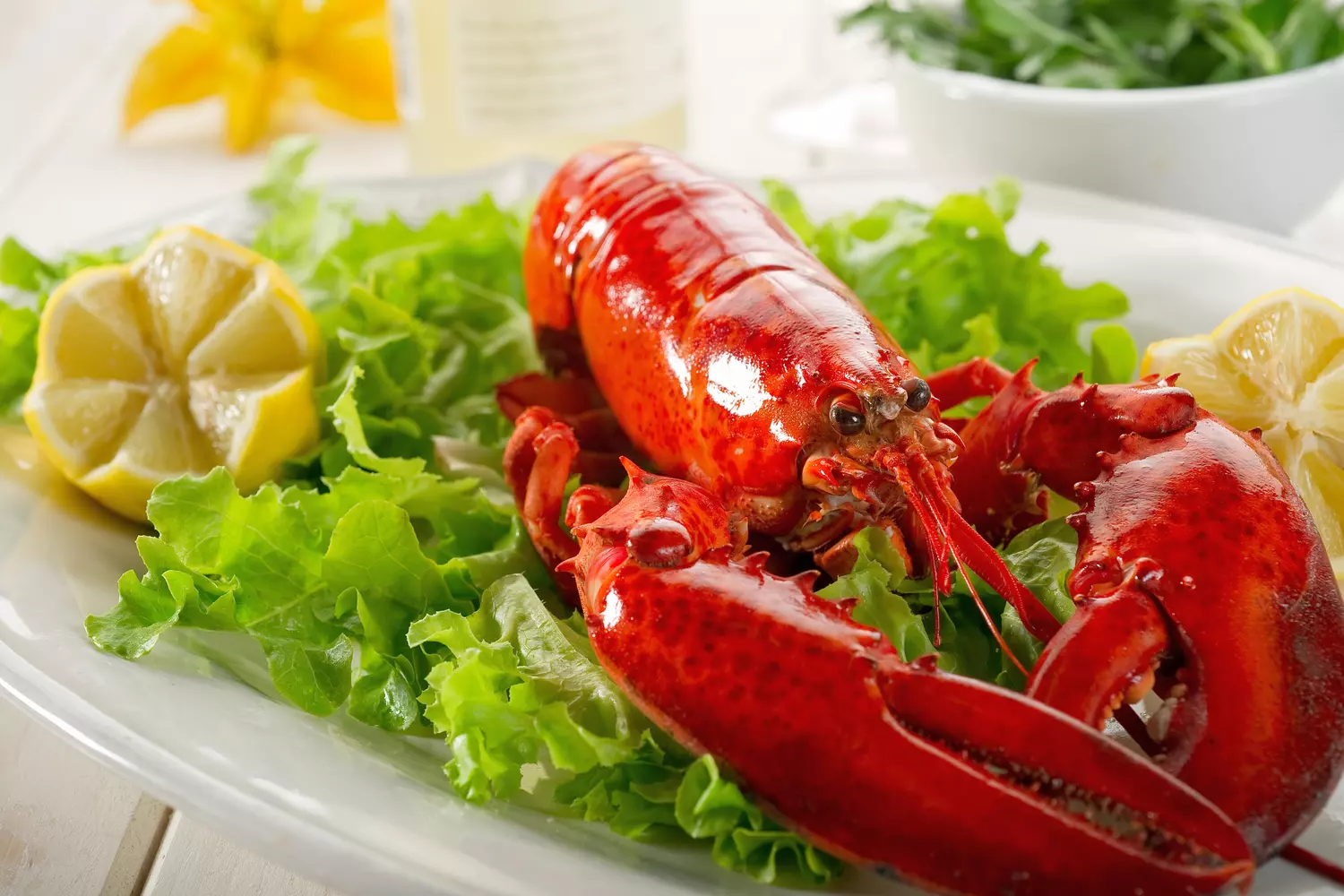
The Southeast
This region’s cuisine blends traditions from its western and northern neighbors. The warm climate allows for the cultivation of many crops, poultry is more popular than pasture-raised livestock, and there is a wide selection of seafood. Main dishes include:
- Boiled peanuts.
- Scrapple — ground pork remnants mixed with cornmeal and fried in oil.
- Crab cakes.
- Spicy pork ribs from Memphis, Tennessee.
- Shrimp and grits — a dish that evolved from fishermen's breakfasts in coastal states.
- Barbecue and "burnt ends"—slightly charred pieces of beef or pork in a spicy sauce.
- Fried chicken from Kentucky.

Food preparation products in the USA
At the very beginning, we noted that fast food is far from the only food option in the United States, but still forms the basis of gastronomy. Considering that even in home kitchens, about 50-60% of products are semi-finished products, it is hard to argue with this. Soups, ready meals, meatballs, vegetables, side dishes, baking mixes — the choice is huge. If desired, you can eat only semi-finished products.
In addition, there are several other products without which American cuisine is unthinkable:
- Peanut butter;
- Corn oil (instead of sunflower oil);
- American yellow cheese (actually, it is a cheese product for melting);
- Philadelphia cheese or cream cheese;
- Fruit and berry jams;
- Bread for toast;
- Turkey;
- Lime;
- Wild or polished long-grain rice;
- Spicy pepper;
- sweet potato (purple sweet potato);
- tomatoes;
- Pumpkin (for the southern regions).
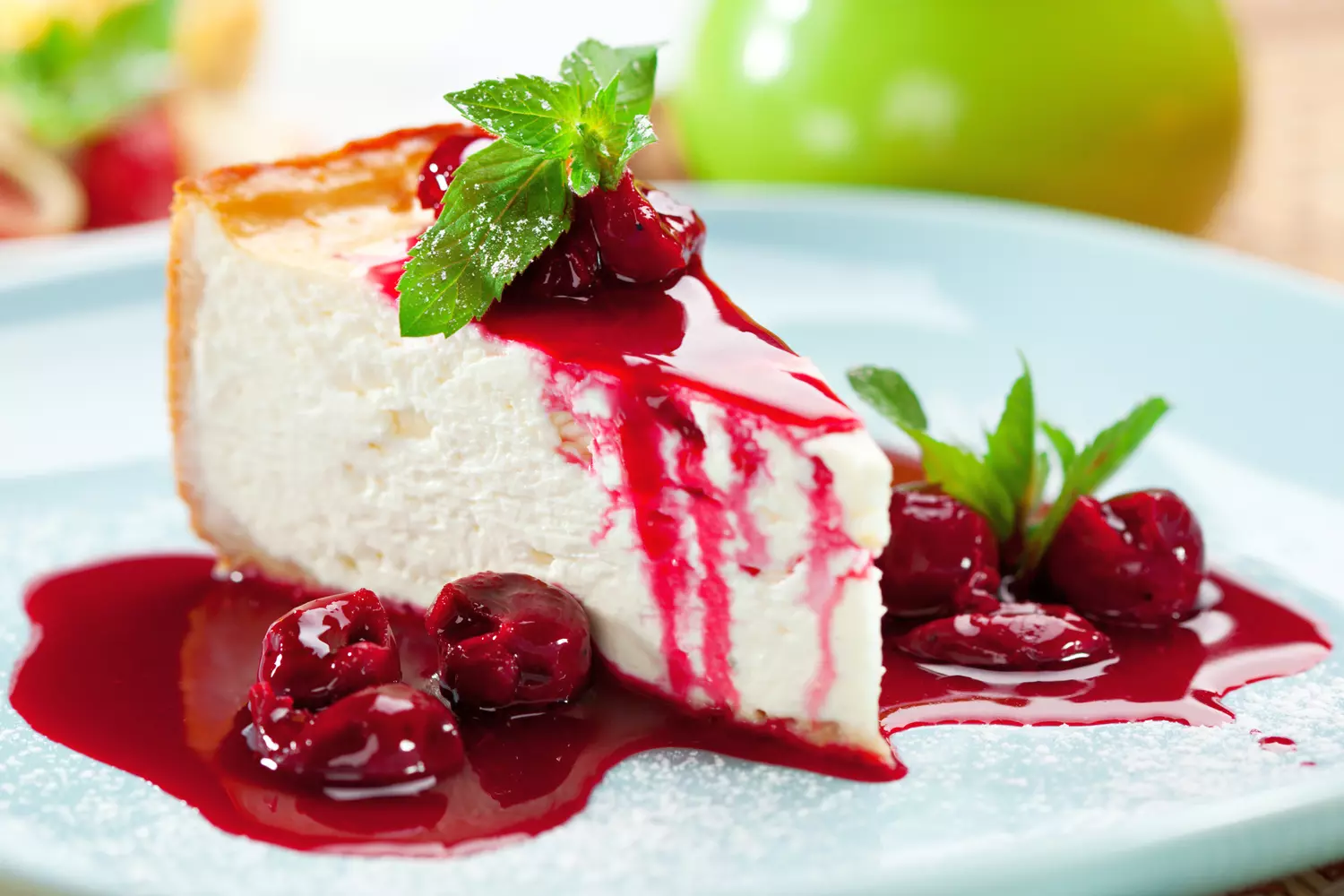
America is ideal for gastronomic tours. If you’re interested in this topic or simply want to learn more about the states, you’ve come to the right place. American Butler not only enlightens those interested on the pages of our website but also helps organize tours, excursions, and even relocations to the USA.
We know everything about American culture and are happy to share our knowledge with you.
































